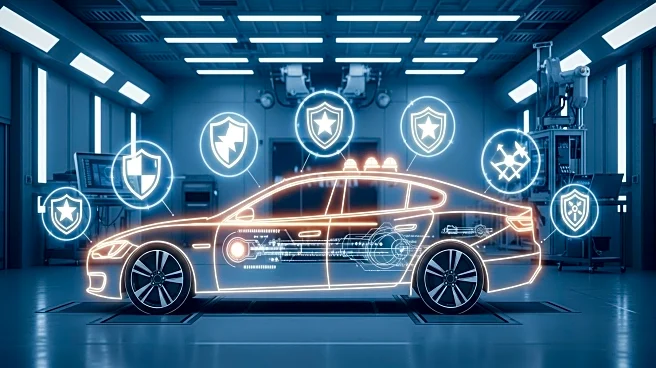What's Happening?
The Insurance Institute for Highway Safety (IIHS) recently conducted a series of tests on seven electric vehicles to assess their safety performance. Out of these, only four vehicles received a 'good' rating, indicating a satisfactory level of safety according to the institute's standards. The testing process involved evaluating various safety features and crashworthiness of the vehicles. The results highlight the varying levels of safety among electric vehicles currently available in the market. This evaluation is part of IIHS's ongoing efforts to provide consumers with reliable information on vehicle safety, particularly as the automotive industry increasingly shifts towards electric models.
Why It's Important?
The results of the IIHS tests are significant as they provide crucial insights into the safety standards of electric vehicles, which are becoming more prevalent in the U.S. market. As consumers and policymakers push for a transition to electric vehicles to reduce carbon emissions, ensuring these vehicles meet high safety standards is essential. The findings could influence consumer choices, potentially affecting sales and market dynamics for manufacturers. Additionally, the results may prompt automakers to enhance safety features in their electric models to meet consumer expectations and regulatory requirements. This development underscores the importance of rigorous safety evaluations in the evolving automotive landscape.
What's Next?
Following the release of these test results, it is likely that manufacturers of the electric vehicles that did not receive a 'good' rating will review and possibly enhance their safety features. Consumers may also respond by prioritizing safety in their purchasing decisions, potentially impacting market trends. The IIHS is expected to continue its evaluations, providing ongoing assessments of new electric vehicle models as they enter the market. This could lead to further advancements in vehicle safety technology and standards, as manufacturers strive to achieve higher ratings in future tests.











